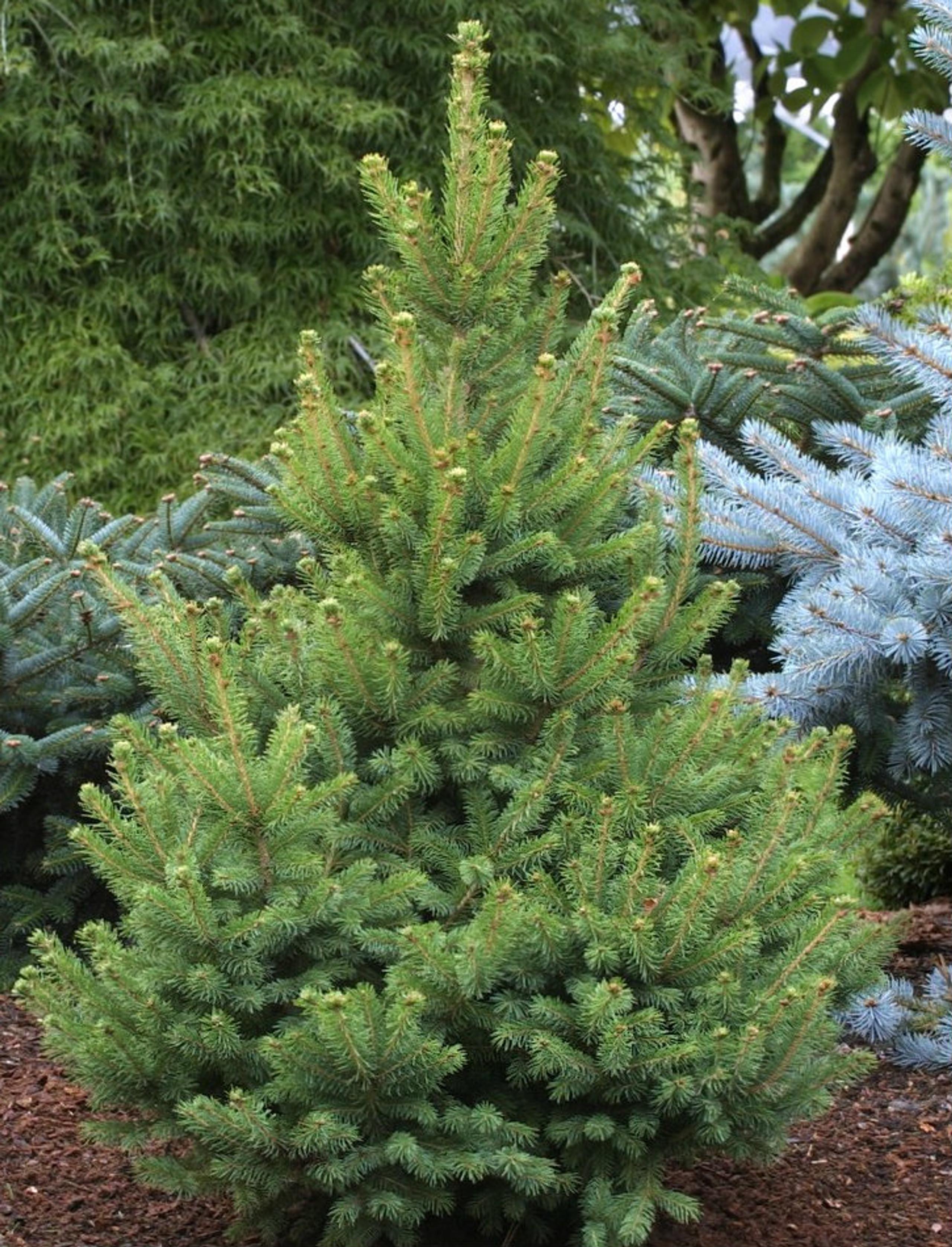
17-9-10-Drepanolejeunea-lichenicola-Spruce-Steph-from-Pocs-1610-AB-habit_Q320.jpg from: https://www.researchgate.net/figure/17-9-10-Drepanolejeunea-lichenicola-Spruce-Steph-from-Pocs-1610-AB-habit_fig2_360088764
Drepanolejeunea: The Tiny Moss with a Big Story
Introduction
When it comes to the world of mosses, Drepanolejeunea (Spruce) Steph. may be tiny, but it has a fascinating story to tell. This diminutive moss, part of the Lejeuneaceae family, packs a lot of intrigue into its minute form. Let’s take a closer look at this captivating species, commonly known simply as

PiceapungensIseliFastigiate_9622__05914.1481990527.jpg from: https://kiginursery.com/conifers/picea-pungens-fastigiata-narrow-colorado-blue-spruce/
Drepanolejeunea.
Background
Drepanolejeunea is classified under the division Marchantiophyta and the class Jungermanniopsida. The Lejeuneaceae family is one of the largest among liverworts, containing over 1000 species. Drepanolejeunea was first described by Richard Spruce in the 19th century and later reclassified into its own genus by Franz Stephani.

PiceaglaucaNorthStar__42197.1481860476.jpg from: https://kiginursery.com/conifers/picea-glauca-north-star-upright-narrow-white-spruce/?page_context=category&faceted_search=0
Morphology and Identification
One of the most striking features of Drepanolejeunea is its extremely small size. The shoots are usually less than 5 mm long and only 0.5-1 mm wide. The leaves are arranged in two rows and often have a characteristic sickle or crescent shape, which is where the genus gets its name (drepano- means “sickle” in Greek).
Identifying Drepanolejeunea can be challenging due to its minute size. It requires careful examination under a microscope to observe key characteristics like the leaf shape, cell structure, and the presence of specialized lobules or underleaves. The leaves are usually bilobed, with the smaller lobe folded under the larger one to form a water-sac.
Global Distribution and Habitat
Drepanolejeunea has a wide global distribution, found in tropical and subtropical regions across the Americas, Africa, Asia, and Oceania. It grows as an epiphyte on the leaves and bark of trees and shrubs in humid forests. Some species are also found growing on rocks or soil banks.
Despite its wide range, Drepanolejeunea is often overlooked due to its small size. It is considered an indicator species for undisturbed, high-quality forest habitats. The presence of diverse Drepanolejeunea species can signal a healthy and intact ecosystem.
Ecological Roles and Adaptations
Like other bryophytes, Drepanolejeunea plays important ecological roles in its forest habitats. It helps with water retention, nutrient cycling, and provides microhabitats for invertebrates. The water-sacs formed by the leaf lobules are an adaptation for dealing with periodic drying in the forest canopy. They act as reservoirs, slowly releasing moisture during dry periods.
Drepanolejeunea also has adaptations to cope with low light levels under the forest canopy. The leaves are usually thin and translucent, allowing efficient photosynthesis even in dim conditions. Some species have additional adaptations like reddish pigments to absorb specific wavelengths of light.
Conclusion
Drepanolejeunea may be small, but it is a valuable part of tropical forest ecosystems around the world. Its presence is a subtle but important signal of habitat quality and biodiversity. Next time you’re walking through a humid forest, take a moment to appreciate the tiny world of Drepanolejeunea – a small moss making a big impact. What other secrets might these miniature plants hold?